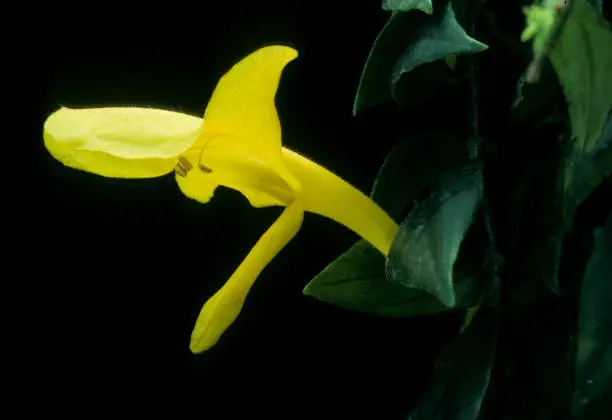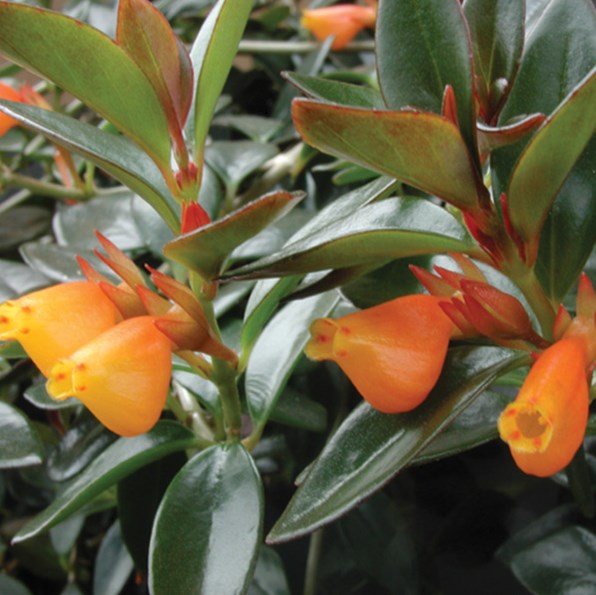Fertilizing Goldfish Plants
Importance of Fertilization
Fertilization is crucial for maintaining the health and vibrancy of goldfish plants. These plants, native to tropical regions of Central and South America, thrive on a regular supply of nutrients to support their lush growth and beautiful goldfish-shaped flowers. Proper fertilization encourages blooming and helps prevent common issues such as leggy growth and leaves falling off.
Fertilizer Requirements
Goldfish plants require specific nutrients to flourish. Here’s a detailed look at their fertilizer needs.
| Growing Season | Fertilizer Type | Frequency | Dilution |
|---|---|---|---|
| Spring to Fall | Balanced Houseplant Fertilizer | Every two weeks | Half-strength |
| Spring to Fall | High-Phosphate Liquid Fertilizer (10-30-20) | Every two weeks | Half-strength |
*Data sourced from Southern Living and Planet Natural.
-
Balanced Fertilizer: A balanced houseplant fertilizer diluted to half the recommended strength should be applied every two weeks during the growing season, from spring to fall. Such fertilization provides the necessary nutrients for healthy growth and blooming (Planet Natural).
-
High-Phosphate Fertilizer: For optimal blooming, a fertilizer with a 10-30-20 ratio like Jack’s Classic Blossom Booster is recommended. This high-phosphate liquid fertilizer should also be diluted to half-strength and applied every two weeks after watering the soil to ensure it is damp (Southern Living, Greg App).
Additionally, water-soluble fertilizers provide a quick nutrient boost, while slow-release fertilizers offer convenience for long-term feeding. Both types can be used based on the gardener’s preference and the specific needs of the plant.
For more information on how to adjust your goldfish plant care routine based on seasonal changes, visit our articles on goldfish plant care instructions and goldfish plant bloom time. Proper knowledge and application of these fertilization techniques will ensure your goldfish plant remains healthy and continues to thrive.
Fertilization Techniques
Frequency and Timing
Goldfish plants require proper fertilization to thrive and produce vibrant blooms. The fertilization schedule varies based on the plant’s growth phase:
- Growing Season: During the active growth phase in spring and summer, goldfish plants benefit from being fertilized every 2-4 weeks. A high-phosphate liquid fertilizer, diluted to half-strength, should be applied after watering the soil so it is damp. This supports lush growth and vibrant blooms.
- Dormant Phase: In fall and winter, the fertilization frequency should be reduced to once every 1-2 months to prevent nutrient overload.
| Growth Phase | Frequency | Fertilizer Type | Dilution Strength |
|---|---|---|---|
| Spring/Summer | Every 2-4 weeks | High-phosphate liquid | Half-strength |
| Fall/Winter | Once every 1-2 months | Balanced houseplant fertilizer | Half-strength |
Signs of Over-Fertilization
Monitoring for signs of over-fertilization is crucial to maintaining the health of your goldfish plants. Common symptoms include:
- Leaf issues: Browning or burning of the leaf edges and yellowing leaves.
- Growth problems: Stunted growth or sudden leaf drop right after feeding.
- Root health: Brown roots or a nutrient build-up in the soil hindering root function (Greg App, Cafe Planta).
Adjusting Fertilization Routine
To keep your goldfish plants thriving, consider these guidelines for adjusting fertilization routines:
- Reduce Frequency in Winter: Lower the fertilization frequency to allow the plant to go through its natural dormant phase (Greg App, Cafe Planta).
- Monitor Plant Response: Always observe how your plant responds post-fertilization. If any signs of over-fertilization are observed, flush the soil with water to remove excess nutrients and pause fertilization for a few weeks.
For comprehensive care tips, visit our guides on goldfish plant watering and managing their sunlight needs. Moreover, if you notice any plant health issues, explore solutions for conditions such as goldfish plant leaves falling off and other common problems.




